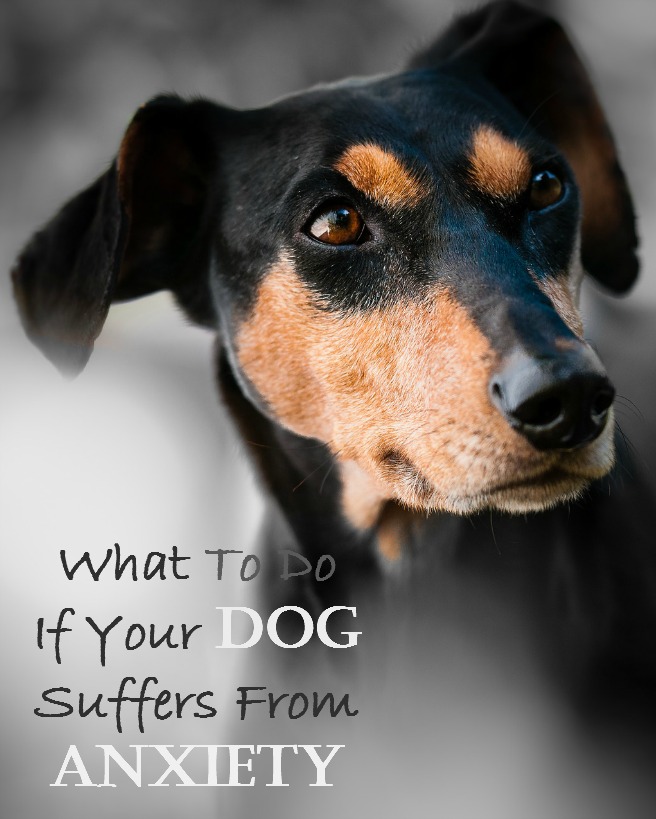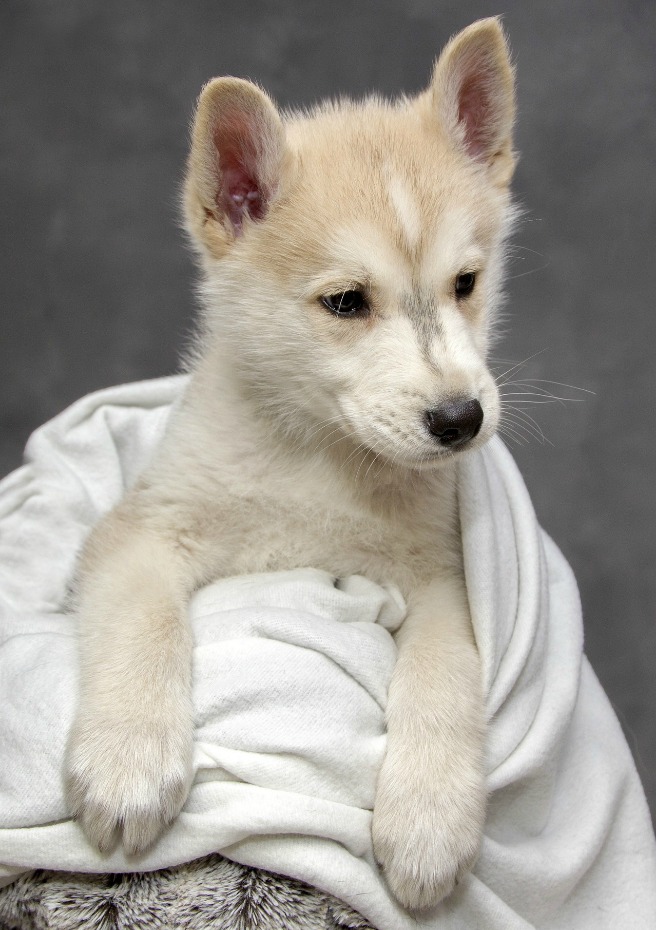Raising a cat or any pet for that matter is not a walk in the park. It´d be great if the pets just “did their business” in their designated areas, but it is often not the case. And, if your cat pees outside the litter box, you know exactly how difficult and arduous it is to clean after it. However, before putting the blame solely on your cat, it is necessary for you to understand why your cat dislikes using the litter box.
Here are 4 reasons why your cat is peeing outside of the litter box… and easy ways to fix the issues.
- Undesirable litter type
Cats tend to have a ¨litter type¨, a sort of personal preference they usually start developing by the time they turn a month old. Therefore, if your cat doesn’t use the litter box, it could perhaps be because of the change in the type of litter. Some of the common types of litter are non-clumping clay, clumping clay, silica gel crystals, and recycled paper etc. Hence, what one particular cat likes may not be preferred by another cat.
- Dirty litter box
Let’s be honest here — no one likes using a dirty and smelly toilet and the same goes for cats as well. Therefore, if your cat doesn’t use its litter box, it could be because it is dirty and unhygienic. Hence, it is imperative for you to clean the litter box thoroughly on a regular basis. You should know that compared to us humans, cats tend to have a heightened and enhanced sense of smell. Therefore, although the litter box may seem clean and fresh to you, it could still be dirty and smelly to your cat.
- Bullies
One of the primary reasons why your cat does not use the litter box could be because of a bully. Let us elaborate—if you have several cats at home, one of them could potentially be a bully, preventing the other cats from using the litter box. So, how do you take care of this situation? Well, during such times, it is necessary for you to install numerous litter boxes in your home. It is also not advisable for you to have covered litter boxes when you have several cats in your home.
- Health issues?
If your cat has health issues, it could be difficult for it to pee in the litter box. For instance, it can get extremely difficult for a cat suffering from arthritis to get into a litter box that boasts of a high cover and sides. And, according to vets, cats that suffer from diseases such as kidney problems, diabetes, and UTI, also tend to avoid using their litter boxes. If a cat feels unsafe or feels that its health and wellness is threatened, it is unlikely to use the litter box. Therefore, if your cat doesn’t use the litter box as often as you’d like or barely at all, you should perhaps take it to a vet clinic for a thorough check-up.
Have you ever experience this issue with your cat?
How did you go about resolving the problem?






 As a rule of thumb, in general, a dog’s food shouldn’t be changed too often as this will cause problems but as soon as your dogs’ circumstances change you should consider changing their diet too.
As a rule of thumb, in general, a dog’s food shouldn’t be changed too often as this will cause problems but as soon as your dogs’ circumstances change you should consider changing their diet too.